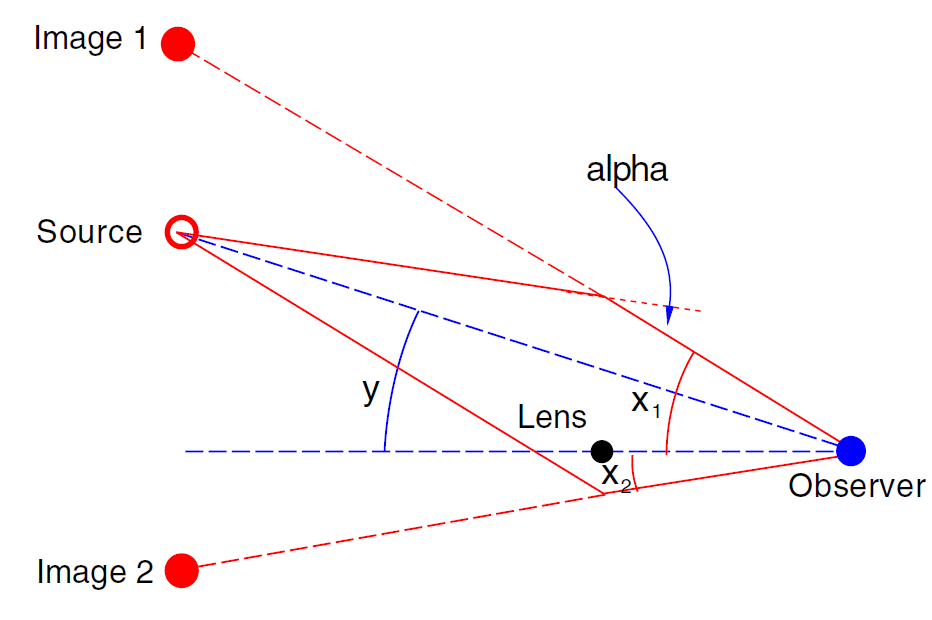
آخر المواضيع المضافة


|
أقرأ أيضاً
التاريخ: 2023-06-12
التاريخ: 2023-06-03
التاريخ: 2-3-2016
التاريخ: 1-9-2020
التاريخ: 2023-06-11
|
 (1.1)
(1.1) (1.2)
(1.2) (1.4)
(1.4)
 (1.6)
(1.6)












